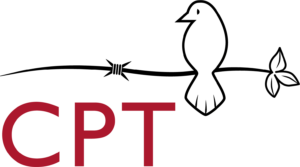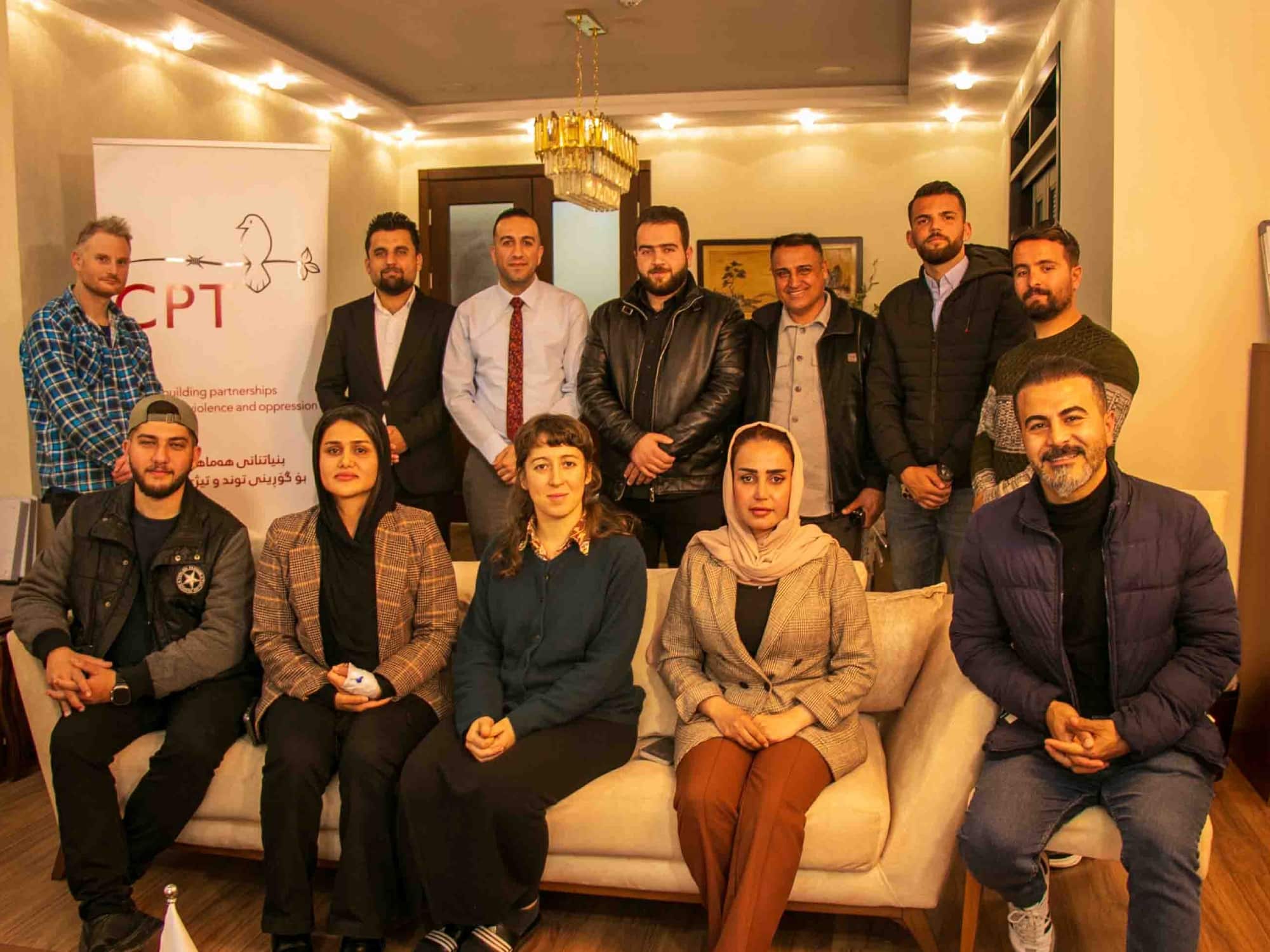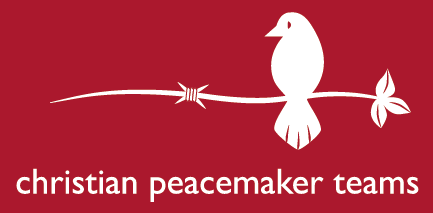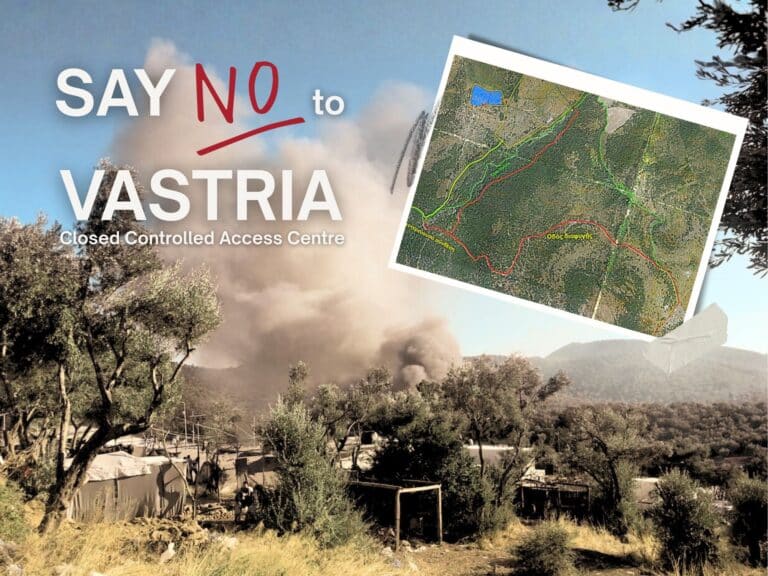On 23 and 24 February, a group of teachers and government employees gathered to block the road between Arbat and Sulaimani. The blockade was part of an ongoing campaign about unpaid wages. What started as a small group had, by the second day, grown to a crowd of hundreds. The blockade directly targeted oil tankers, symbolic of the feuds over oil revenue between the Iraqi Central Government and the local Kurdish government, which have led to the repeated failure to pay government employees their wages over the last decade. For two days the protesters maintained a peaceful blockade, even stopping to talk and drink tea with the truck drivers at times, as journalists came and went from the protest, filing stories and reporting from the field back to the studio.
As evening fell on the second day, the atmosphere abruptly changed. A number of young people appeared, some covering their faces with masks, and began to throw stones at the trucks and at the protesters’ tent. Truck drivers were upset and started driving their trucks through the blockade. Security forces began to physically break up the blockade, arresting and beating protesters. Television journalists, naturally, got cameras rolling.
It turned out their stories would never be broadcast. There is one story that media outlets in Iraqi Kurdistan don’t report: that of the continual repression of press freedoms by the Kurdish government, violently enforced by the Asaish (Kurdish security forces). A group of ten journalists met with CPT and told us about the violent repression they endured last week.
Mahran Ramazah had been at the protest since 9am. It was now evening and she had just finished recording a piece for the studio when she was suddenly surrounded. The men were in plain clothes, but carrying guns. She was in no doubt that they were Asaish. Mahran couldn’t move. Her colleague, a cameraman, tried to run away. Three people chased after him and grabbed his phone. Mahran was arrested and put into an Asaish vehicle. They took her phone and verbally abused her. They started driving the car, and after a short distance opened the doors and pushed Mahran out.
The scene now was chaotic. Some other journalists and protesters saw what had happened and ran to Mahran’s aid. The trucks were now driving through, and one protester was almost run over. Since Asaish personnel were in plainclothes, it was impossible to tell who was friendly and who was not. Mahran took shelter in a neighbouring house. She was picked up in a colleague’s car, but as they drove back to the scene they were stopped at a checkpoint and she was arrested again. She was taken to the Asaish headquarters, interrogated, and detained until 1:30am.
The next morning, Mahran went back to get her confiscated phone. Asaish refused to return it unless she gave them the passcode. Mahran said it was a personal device, not a work phone. They were adamant though, so she was forced to give up her privacy and wait 20 minutes while Asaish searched through her phone.
Another journalist present at Arbat was Chawarwan Mahmood. She had been covering the protests the previous day but had been ill on the Monday and stayed at home. As things seemed to be getting more dramatic, she decided to return. Without time even to change into her usual work outfit, she grabbed her sister for company and went to the protest.
Experience with these kinds of situations had taught Chawarwan that it was best to keep her distance if she wanted to stay safe. Seeing the teenagers throwing rocks, even throwing burning rags, at the trucks, Chawarwan began recording but did not get close. When Chawarwan saw Asaish getting physical with other journalists, she hid her microphone and phone under her headscarf. A man in plainclothes approached her and demanded her microphone. When she asked who he was, he just showed her his gun. The man (Charwarwan was sure he was Asaish) said that if she didn’t hand over her microphone things would go badly. Her colleague Faxr had his phone taken, and there was a physical struggle, with plainclothes Asaish stopping the journalists from moving. Eventually, the chaos surrounding Mahran being kicked out of the car allowed Chawarwan to move.
Chawarwan began to run away, but tripped on the uneven surface. She gashed open her knee and was in a lot of pain. She refused help from suspicious looking men in plainclothes, got into a car and got to a hospital.
At the hospital, staff initially refused to see Chawarwan without Asaish permission. She was there until 3am but left frustrated. The next day she went to a private hospital, one not embedded in elaborate relationships with government. The staff there said her knee was injured and she had also aggravated a kidney condition, requiring treatment.
Mohammad Meriwan was at home resting after a day of work. He lives close to the protest though, and when he heard that protesters were being targeted he got up straight away, quickly pulling a coat over his pyjamas. He recorded a short video of the protest and sent it off to be published. In the video, you can hear a voice over a megaphone saying “they are wearing civilian clothes and attacking the demonstrators”.
Before long, Asaish were going around the crowd trying to find out who had made the video. One of the protesting teachers advised Mohammad it might be a good idea to leave. He left all his equipment and found a place to hide while he tried to upload more videos. His hiding spot was not good enough. He was soon approached by dozens of Asaish. They demanded his ID, and then refused to return it. They physically assaulted him, even choking him with his own scarf.
Mohammad was taken to the Asaish headquarters, where his equipment was confiscated. Eventually political connections got Mohammad released. His computer and phone were returned, but the Asaish kept his camera, a personal one that he uses for freelance assignments.
Afterwards, Mohammad went to the Asaish office to complain and ask for his camera, but there he saw none of the same people who had assaulted him that night. The staff unconvincingly apologised for their unnamed colleagues but took no action.
Ranjdar Amin had been at the protest over the two days. He had filed a story earlier about the good relationships between truck drivers and protesters. He heard there was a press conference happening so he went back to the blockade. Ranjdar immediately noticed how crowded it had become. When protesters began to be assaulted he went to get his camera. A man in plainclothes stopped him and asked what he was doing. Ranjdar didn’t say anything, but was arrested anyway, along with eight protesters and a passerby who got caught up in the drama.
At the Asaish office, he was searched. They found his microphone. It doesn’t record anything without its receiver, but the Asaish interrogated Ranjdar about it. Eventually he was allowed to leave.
Hiwa Faruq was also at the protest. He had been recording fairly innocuous footage of a press conference by a parliamentarian. But when the violence began, five plainclothes Asaish piled out of a van. They took his camera, physically and verbally assaulting him. They demanded his phone, and checked it to see if there was footage of the violence. There was not, but they used this as a reason to assault Hiwa some more. He was held in the back of their van for an hour, with his nose bleeding from the assault. Like others, his release in the end relied not upon any judicial process, but on political connections.
In all, twelve journalists and media workers were arrested, along with dozens of protesters. A number of items of media equipment were never returned. Nobody should have to endure such violence and harassment as they attempt to do their job, but the intimidation and repression of journalists is an assault on the freedoms of all Kurds, who have a right to know what happens in their country. It is also an assault on democracy, which requires an informed population and an accountable government.
Media freedoms are restricted in multiple ways in Iraqi Kurdistan. There is the violent physical repression of the type that we have described in this article. A complex system of connections between media organisations and political parties or Asaish, and a dependence on them as sources for stories, creates a reluctance to criticise too strongly. For example, reporting on the truck blockade described violence between truck drivers and protesters, with no mention of Asaish or journalists.
The journalists we spoke to are by no means alone in suffering repression in Iraqi Kurdistan. Many journalists have been imprisoned, even killed in recent years here. Three of them – Sherwan Sherwani, Omed Barushky and Qaraman Shukri – are at this moment in prison, serving long sentences on trumped up charges.
It is important to also mention the arrests and assaults of the protesters. Many people present also believe that the youths who threw stones at the trucks were agents provocateurs acting on the orders of Asaish. If so, this was a deliberate attack on the right to free and safe political expression.
The reason why the protest was held should not be forgotten: Kurdish politicians siphon oil money into the pockets of their families and political parties, leaving ordinary working people dealing with the fallout when the Iraqi government refuses to pay their wages. The violent repression stops protests and prevents the media from highlighting the role of the black market oil industry and its deep political connections. The closer you get to that story, the more the violent underbelly of Kurdish politics comes into view.
We at CPT call on the Kurdish government to respect journalistic and political freedoms. We thank the committed and brave journalists who consistently risk their own safety and freedom for the sake of an informed public and an accountable government. We call on everybody who believes in the same to support them in their struggle for a free and safe media in Iraqi Kurdistan.



